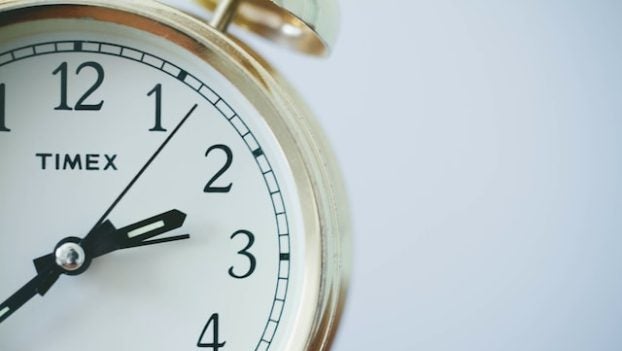VDOT issues warning ahead of Daylight Saving Time end
Published 12:25 am Saturday, November 4, 2023
|
Getting your Trinity Audio player ready...
|
We’ve reached that time of year again. On Sunday at 2 a.m., we set our clocks back one hour to end Daylight Saving Time (or in most cases, our phones and other devices will reset themselves). On the plus side, that means one extra hour of sleep. However, the Virginia Department of Transportation is warning about another result of the change, one that’s caused problems in the past.
“As the time changes, the sunrise and sunset hours more closely align with morning and evening commuting hours,” said Len Stevens. He serves as communications director for the VDOT region that includes Prince Edward, Buckingham and Cumberland counties. “(That) means large numbers of drivers will encounter the sun low on the horizon during their morning and evening drives.”
It’s called sun glare. In some parts of our region, just as a majority of people are heading to and from work, the sun will appear to hover just above the roadway. That can create a blinding glare difficult to avoid and can leave drivers unable to see the road and other vehicles. Even if that lasts just a couple of seconds, it’s enough to cause accidents. And, as Stevens points out, that’s happened repeatedly in the past.
“In past years this seasonal sun glare has been determined to be a contributing factor in some
vehicle crashes, particularly on interstate and primary highways,” Stevens said.
Data from the National Highway Traffic Safety Administration backs this up. While it doesn’t have specific data for our region, sun glare is the cause of an estimated 9,000 crashes each year, the NHTSA data shows. In Virginia, it ranks as the second leading environmental cause of traffic crashes, only behind slick roads.
Fixing the Daylight Saving Time problem
Most people will adjust to the glare within a week or two, but VDOT has a couple suggestions on changes to make even as you’re leaving for that early church service on Sunday morning.
- Reduce speed when approaching an area where the sun hovers above the pavement
- Allow extra distance between your vehicle and others to reduce the risk of collisions
- Don’t swerve or stop suddenly. Drivers behind you may not see in time to slow down.
- Drive with headlights on to make your vehicle more visible to other drivers
- Keep your windshield clean. Why? Streaks and smears will worsen the effect of sun glare
- Use your visor to block the sun if possible
- Wear polarized sunglasses. That can help reduce glare





